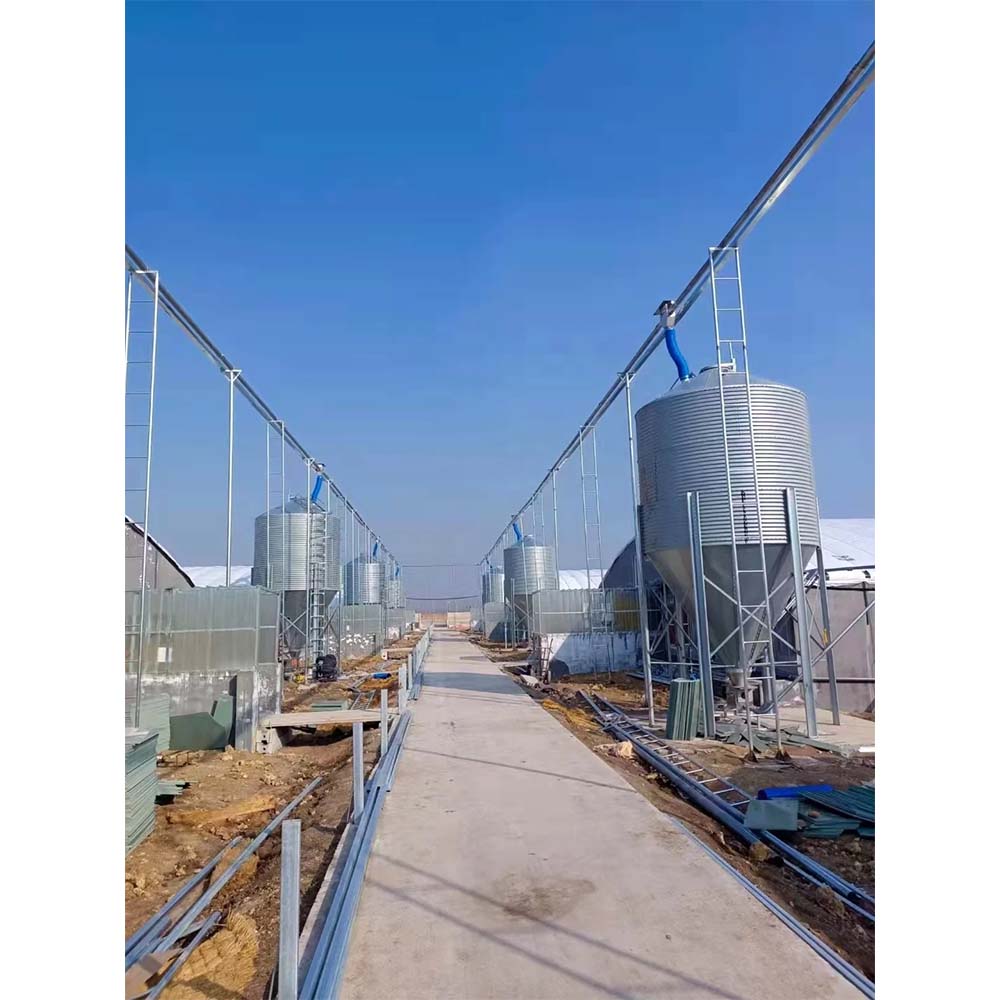Exploring the Benefits and Welfare of Poultry Chicken Cage Systems in Modern Farming Practices
Aug . 01, 2024 04:56 Back to list
Exploring the Benefits and Welfare of Poultry Chicken Cage Systems in Modern Farming Practices
The Role of Poultry Chicken Cages in Modern Farming
In the ever-evolving world of agriculture, poultry farming has carved a significant niche, particularly in the production of chicken. As the demand for chicken meat and eggs continues to surge globally, poultry farmers are continually seeking efficient methods to maximize production. One such method that has gained popularity is the use of chicken cages. These cages have become a fundamental aspect of modern poultry farming, impacting the industry in various ways.
Understanding Poultry Chicken Cages
Poultry chicken cages are specially designed enclosures that house chickens, primarily hens, for the purpose of egg production. These cages can vary in design, size, and structure, but their primary aim is to provide a controlled environment where chickens can be raised safely and efficiently. Commonly referred to as battery cages, enriched cages, or free-range systems, these enclosures serve different farming practices and welfare standards.
Advantages of Chicken Cages
One of the most significant benefits of using chicken cages is the ability to maximize space and increase production efficiency. In traditional free-range or barn-raised systems, chickens require larger areas for roaming and foraging. However, with the implementation of cages, farmers can house more birds in a smaller footprint, thus increasing the number of eggs produced per square meter. This efficiency is critical in meeting the high global demand for chicken products.
Moreover, chicken cages can improve biosecurity measures. By confining birds in a controlled environment, farmers can mitigate the risks of disease transmission. Cages provide a barrier that reduces direct contact between birds and wild animals, which can carry diseases harmful to domestic poultry. Enhanced biosecurity not only protects the health of the flock but also reassures consumers about the safety of poultry products.
poultry chicken cage

Welfare Concerns and Innovations
Despite their advantages, the use of chicken cages has faced scrutiny from animal welfare advocates. Critics argue that battery cages restrict natural behaviors such as nesting, dust bathing, and social interactions. In response, many farmers have shifted to enriched cages, which provide additional space and facilities for chickens to engage in some of these natural behaviors. Enriched cages often include features like perches, nesting boxes, and scratching areas, enhancing the quality of life for the hens while still maintaining the benefits of a caged system.
The debate over poultry welfare has prompted innovations in cage design and farming practices. Some farms are now adopting free-range systems, where birds are given access to outdoor areas, while still utilizing barns equipped with cages to protect them at night. This hybrid approach aims to balance production efficiency with animal welfare considerations, catering to both consumer demands and ethical farming practices.
Environmental Considerations
Poultry chicken farming, like all agricultural practices, is not without its environmental impacts. The concentration of birds in cages can lead to questions about waste management and greenhouse gas emissions. However, advancements in waste recycling and composting techniques have opened avenues for minimizing the environmental footprint of poultry farms. By transforming waste into organic fertilizer, farmers can contribute positively to sustainable agricultural practices.
Conclusion
Poultry chicken cages have undoubtedly transformed the landscape of poultry farming. They offer a solution to meet the growing demand for chicken products while addressing biosecurity concerns. However, the evolving nature of consumer preferences and animal welfare standards necessitates ongoing innovation and adaptation within the industry. As farmers continue to explore new ways to balance productivity with ethical considerations, the future of poultry farming will likely involve a diverse range of systems that prioritize the well-being of chickens while ensuring a steady supply of nutritious food for the global population.
-
Hot Sale 24 & 18 Door Rabbit Cages - Premium Breeding Solutions
NewsJul.25,2025
-
Automatic Feeding Line System Pan Feeder Nipple Drinker - Anping County Yize Metal Products Co., Ltd.
NewsJul.21,2025
-
Automatic Feeding Line System Pan Feeder Nipple Drinker - Anping County Yize Metal Products Co., Ltd.
NewsJul.21,2025
-
Automatic Feeding Line System - Anping Yize | Precision & Nipple
NewsJul.21,2025
-
Automatic Feeding Line System - Anping Yize | Precision & Nipple
NewsJul.21,2025
-
Automatic Feeding Line System-Anping County Yize Metal Products Co., Ltd.|Efficient Feed Distribution&Customized Animal Farming Solutions
NewsJul.21,2025






